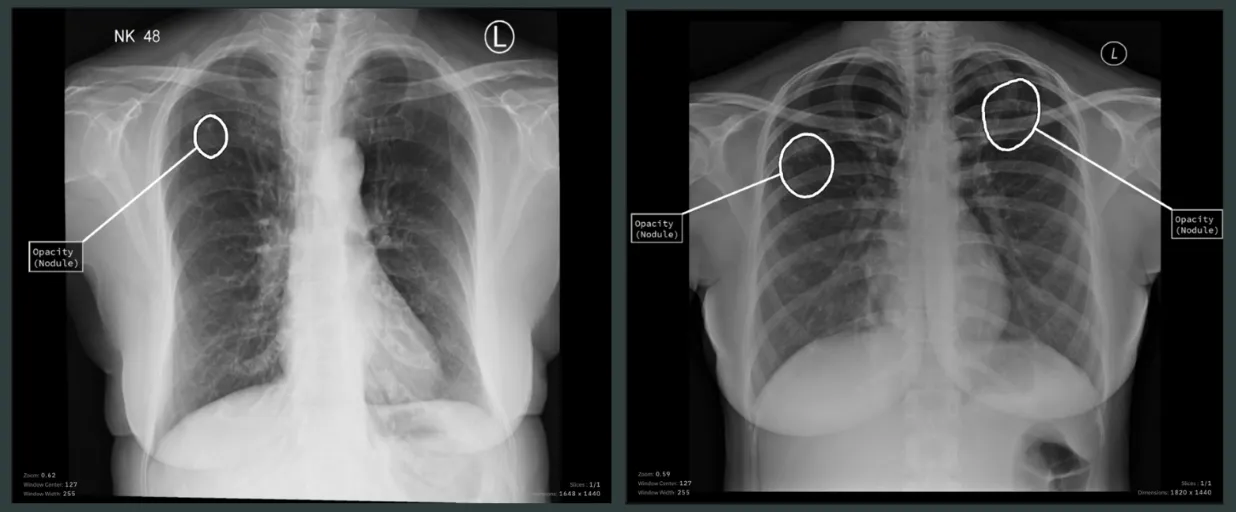Role of an AI for Reliable Screening of Abnormality in X-rays: A Prospective Multicenter Study on Operational Efficiency using a CE approved solution

Back
Chest X-rays are the most common diagnostic imaging technique used in clinical practice. The patient care pathway is, however, significantly hampered in most high-volume healthcare centers. Therefore, an Artificial Intelligence system that can quickly, reliably, and accurately identify anomalies in chest X-rays is being agreed as essential for enhancing radiological workflow.
Here are some of the key challenges in correctly identifying the abnormalities on a chest X-ray (CXR)
- Scarcity of radiologists with the necessary training
- Overwhelming workload in large healthcare facilities
- CXR interpretations are highly subjective due to the presence of overlapping tissue structures.
For example: Sometime even well-trained radiologists find it challenging to differentiate between the lesions or correctly identify very obscure pulmonary nodules.
Objective: To conduct a CE-approved post-market study which is also a prospective multi-center and multi-reader study prospective multicenter quality-improvement study. The team evaluated whether artificial intelligence (AI) can be used as a chest X-ray screening tool in real clinical settings.
Method: A team of expert radiologists used Qure.ai’s CE- approved AI-based chest X-ray screening tool (qXR) as a part of their daily reporting routine to report consecutive chest X-rays for this prospective multi–centre study. This study took place in a large radiology network in India for a period of 10 months. This was done is over 35 + sites by ~120 expert radiologists.
Study Highlights
- A total of 65,604 chest X-rays (CXRs) were processed from a network of 35 centers during the study period.
- Turnaround Time (TAT) decreased by about 40.63% from pre-AI period to post-AI period.
- The high NPV (98.9%) in categorizing normal and abnormal CXR with confidence demonstrates the utility of Qure’s AI as a screening tool in high-volume settings.
- The 1.1% missed CXRs were non-critical and non-actionable x-rays which don't need follow-up.
Investigator Comments
“AI-based chest X-ray solution (qXR) screened chest X-rays and assisted in ruling out normal patients with high confidence, thus allowing the radiologists to focus more on assessing pathology on abnormal chest X-rays and treatment pathways.”
“qXR helped decrease the mean TAT by over 40%, and 99% of the AI reported normal CXRs were actually normal.”
–Dr. Arunkumar Govindarajan, Director and Radiologist, Aarthi Scans and Labs
Conclusion
- The study has prospectively demonstrated that using AI as an assistance tool can be beneficial in high-workload healthcare facilities.
- The Study showcased how AI can shorten the time patients must wait to receive the final report, particularly in normal circumstances. Normal and abnormal CXR are on the same worklist in a typical system, making it impossible to separate or prioritize normal CXR without opening the CXR.
- AI can reduce report errors and missed diagnoses by acting as a secondary reader.
- The use of AI will result in more appropriate treatments for the disease beyond a reduction in reporting time and an improvement in report quality.